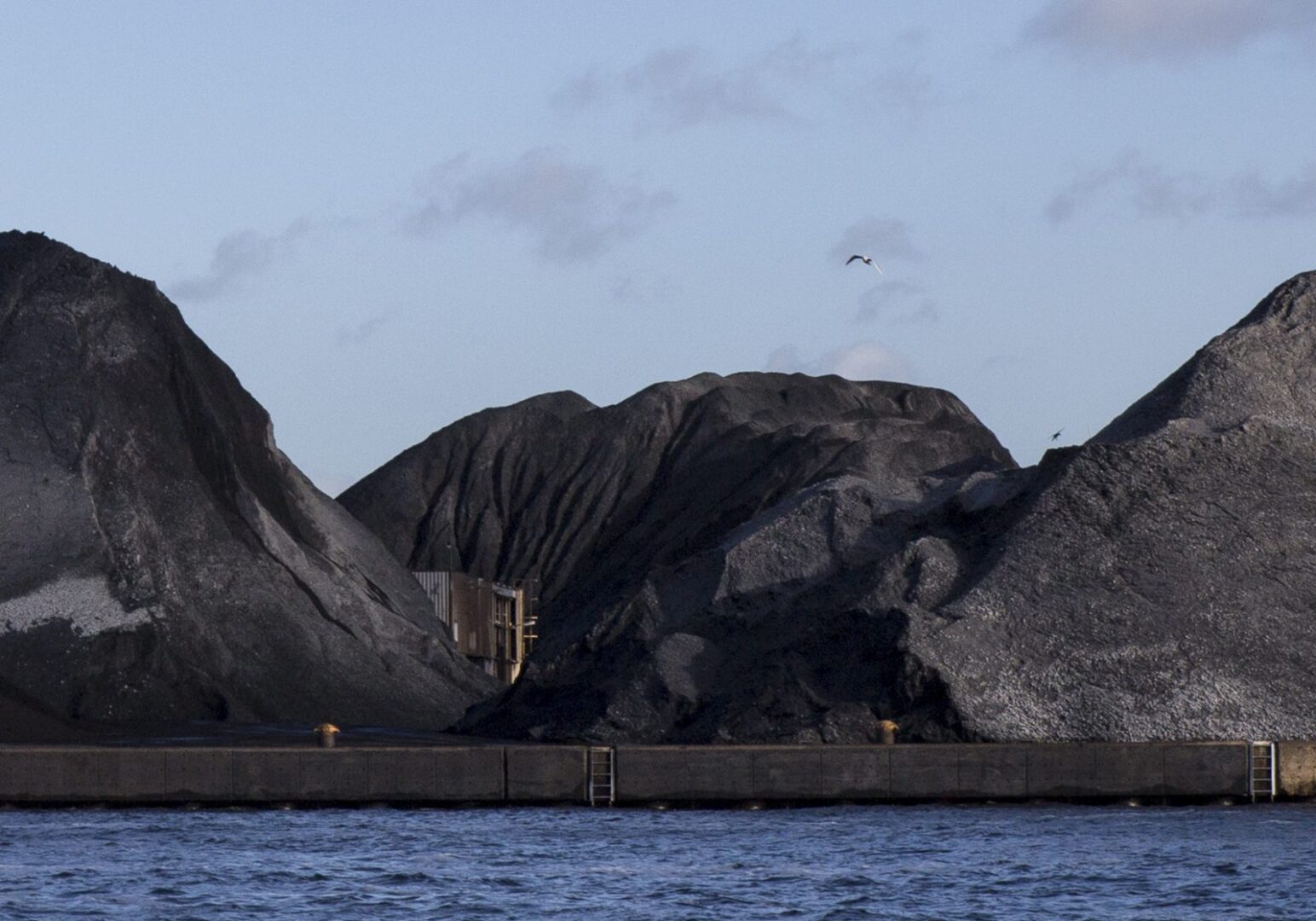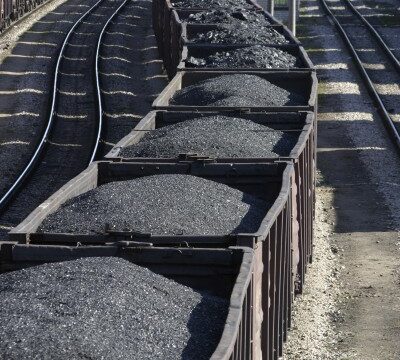Scientists say 95 per cent of North American coal must stay underground
Earlier this year, the scientific journal Nature published a roadmap setting out how humanity could avoid the most catastrophic effects of climate change. The article’s conclusion, that vast amounts of the world’s fossil fuels needs to stay in the ground, was nothing new. But what was notable about this study was its damning indictment of one particularly dirty fossil fuel: Coal.
In no uncertain terms, the study made it clear, if we are determined to tackle climate change, we have to get serious about stopping coal. The study went as far as to say that 95 per cent of all North American coal deposits need to stay in the ground.
That’s why Ecojustice lawyers are helping two B.C. residents and two community-based groups go to court to take on the Fraser Surrey Docks coal transfer facility. If built, this project would see Canadian neighbourhoods used as a conduit to export dirty U.S. coal to Asian markets. Even though we know how crucial it is to keep coal in the ground, the project would result in more coal extraction, and dump up to seven million tonnes of CO2 emissions into the atmosphere each year — more than double the three million tonnes that B.C.’s carbon tax, seen by many as a significant step forward in the fight against climate change, is expected to mitigate annually by 2020.
To give you an idea of just how much carbon that is, if all that coal were to be burned in Canada, Fraser Surrey Docks would be the country’s sixth largest CO2-emitter, after major tar sands projects and coal-fired power plants (see image below). And yet, when the Vancouver Fraser Port Authority reviewed the project, the climate impacts of burning the coal were not considered. At all.
The Port takes the position that the upstream climate impacts (i.e. what happens when oil, gas or coal is burned) fall outside the scope of its review. What this fails to acknowledge is that where fossil fuels are ultimately burned is irrelevant — whether coal is burned in Beijing or Vancouver, the CO2 all ends up in the same place: The earth’s atmosphere.
When this case goes before the Federal Court, it will mark one of the first times a Canadian court will hear arguments on whether climate change impacts should have been considered during a project permit process. The country’s lack of meaningful climate laws have, until now, essentially shut the door on direct legal challenges to government inaction on climate change. This must change.
The timing couldn’t be better. While Canada has repeatedly failed to make good on international commitments to reduce its greenhouse gas emissions and allowed regulators to rubber-stamp dirty energy projects, the steady thrum of voices calling for industry and government to “keep it in the ground,” grows louder every day — at home and abroad. We only need to look to the massive divestment campaign spearheaded by one of the world’s leading newspapers, the recent World Bank Report in support of decarbonisation, and most recently, the landmark ruling in the Netherlands ordering the Dutch government to cut emissions, to see that the demand for climate action is gaining traction around the world.
Meanwhile, coal is on its way out. Ontario, once reliant on coal for a significant chunk of its electricity, has phased it out completely. South of the border, the United States has brought in relatively stiff regulations to ramp down their dependence on coal. Communities in Washington State and Oregon, concerned about the climate impacts of shipping U.S. coal overseas, have been effective thus far in blocking proposals similar to the Fraser Surrey Docks project. It seems many are heeding the call to keep it in the ground.
Now it’s up to us in Canada to hold the line. We’re all too aware that if this project goes ahead it could open the floodgates to more proposals that could unleash vast carbon reserves that so many are working to keep locked in the ground.
The stakes could not be higher. And while no single person can take on an issue of this magnitude alone, when we work together, it suddenly becomes a winnable fight. So let’s get to work.



